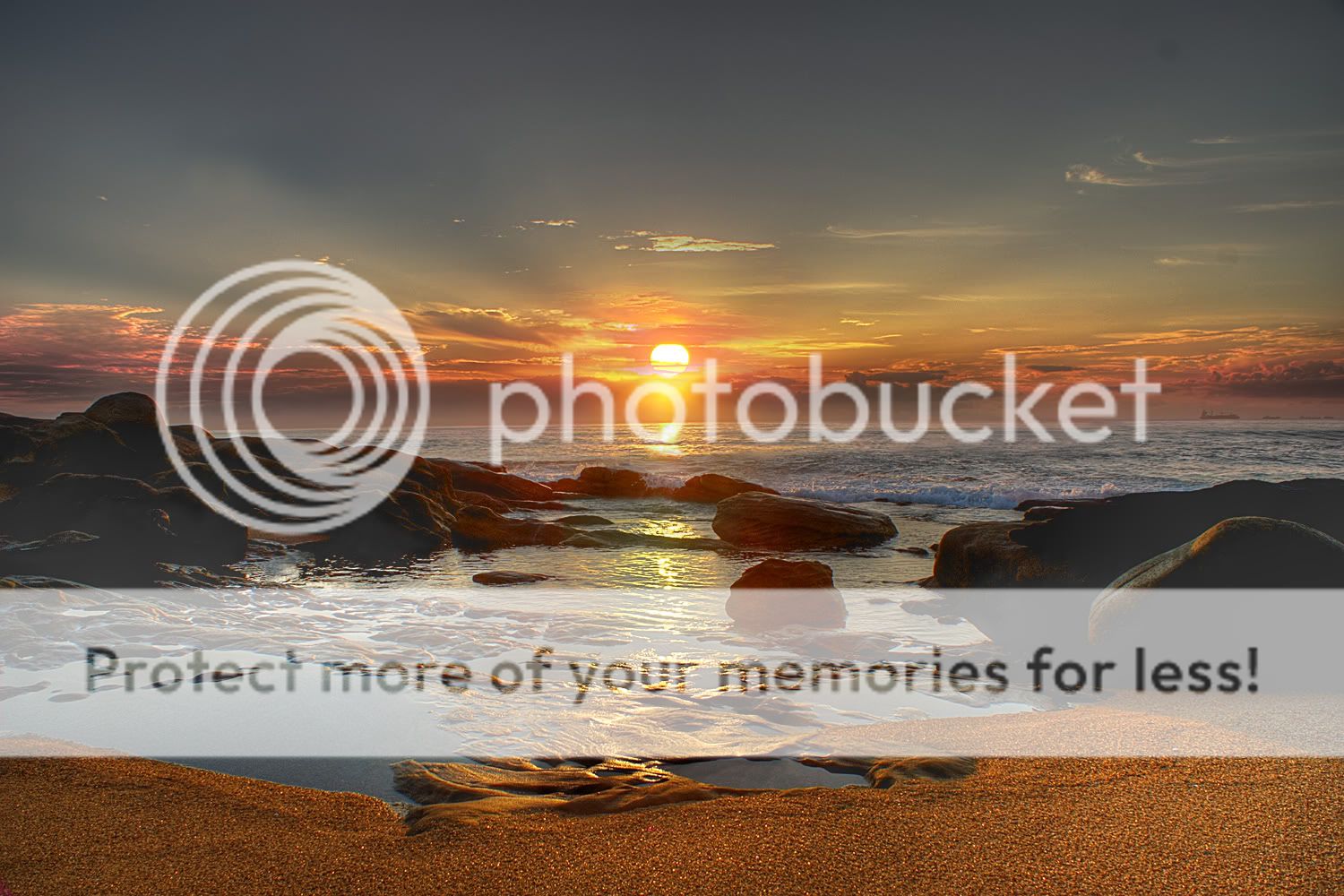I today followed some tutorials on HDR imaging, and was wondering if you guys are interested in a video tutorial about it.
Without HDR

With HDR

Without HDR

With HDR



It was a quicky (5 minutes) Ill make a movie tomorrow about it.Entertayner wrote:
You need to take out some of the red levels but it looks much better.
Uhm. No.Sarrk wrote:
HDR is easy.
Step one, copy layer.
Step two, set copied layer to overlay.
Step three, profit.
Last edited by [TUF]Catbox (2007-07-12 23:27:43)
Yah, too point out the benefit of HDR, I'm currently looking at a new Camera (Eos-d), and will take a load of pictures this vacation in turkey.Kmarion wrote:
Bern did you mess with the exposure using the curves adjustment layer? Obviously it's the same image or those sheep aren't very lively . I'm giving it a run now. Will try tomorrow with these quakers I took a picture of.
Cool deal. I'm using a Rebel XTi, HDR in CS3 is new ground for me. Trial and error time.Bernadictus wrote:
Yah, too point out the benefit of HDR, I'm currently looking at a new Camera (Eos-d), and will take a load of pictures this vacation in turkey.Kmarion wrote:
Bern did you mess with the exposure using the curves adjustment layer? Obviously it's the same image or those sheep aren't very lively . I'm giving it a run now. Will try tomorrow with these quakers I took a picture of.
But as said, I need a new camera, which I can better control than the standard ones.

Last edited by [TUF]Catbox (2007-07-13 16:11:55)
This is a lighting procedure designed to emulate the way that light levels in the real world vary over an enormous range. This is mostly achieved by the use of floating point textures and render targets (as well as using the appropriate lighting algorithm); integer formats do not offer the anywhere near the same range of values. Although visually better, the use of floating point formats can result in a large performance impact on some graphics adapters.
It's pretty amazing we have realtime HDR on gfx cards at all when you think of it. I used to have Lightwave renders take hours because of the complex HDRI lighting maps I used. Even though the cards can't do the same quality, it's still pretty cool.Entertayner wrote:
High Dynamic Range.This is a lighting procedure designed to emulate the way that light levels in the real world vary over an enormous range. This is mostly achieved by the use of floating point textures and render targets (as well as using the appropriate lighting algorithm); integer formats do not offer the anywhere near the same range of values. Although visually better, the use of floating point formats can result in a large performance impact on some graphics adapters.
Just more than one.konfusion wrote:
I thought you needed 3 different exposures of the picture (not just 2) >.>
-konfusion
Last edited by aerodynamic (2009-06-03 15:34:14)
